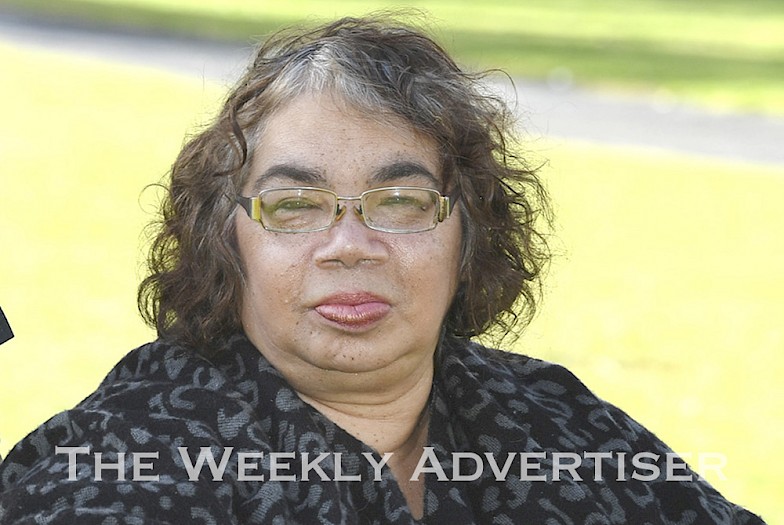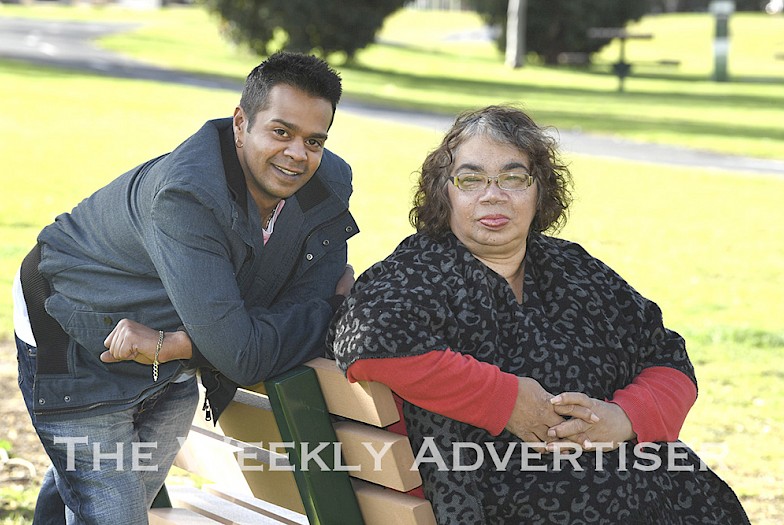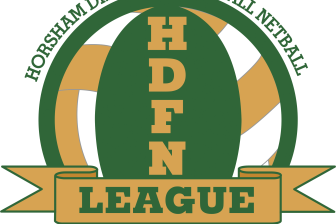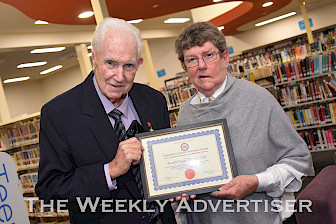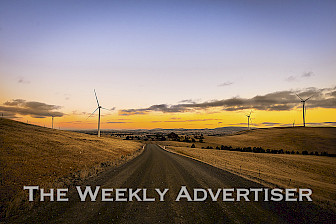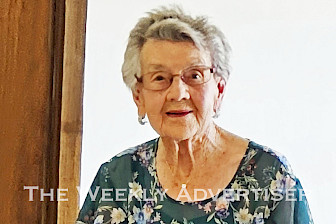On June 3, 1992, came the historic Mabo decision, the first Native Title claim recognised by the Australian legal system.
For Wotjobaluk Elder Aunty Anne Moore, the week is deeply entangled with her own journey of self-discovery.
Aunty Anne was only two when the 1967 referendum forever changed the status of indigenous Australia.
She said the week, which also coincided with the anniversary of National Sorry Day, would be one of many steps for creating an all-inclusive Australia.
“Acknowledgement is the biggest thing, it’s in people’s actions,” she said.
“Everyone can make a small change each day and acknowledge and recognise the achievements that indigenous community members have made.
“I remember when Kevin Rudd read out his national sorry speech, I was in tears, and even for the day this year, I was in tears then too – the apology was there.
“But for me, reconciliation means addressing the white elephants that are in room – equality and acknowledgment of ongoing issues that affect our indigenous communities, including answers for stolen generations.
“Issues we don’t want to talk about. Politicians won’t talk about how our children are still being taken away, black deaths in custody and the injustices with how we’re still treated differently.”
Aunty Anne, 55, was among many First Nations people born into the ‘Stolen Generation’, who were taken away from their families by governments, churches and welfare bodies to be brought up in institutions or fostered out to white families.
Born in Ballarat, Aunty Anne was taken from her birth mother at six months old and placed into foster care where she grew up in a disconnected non-Aboriginal family.
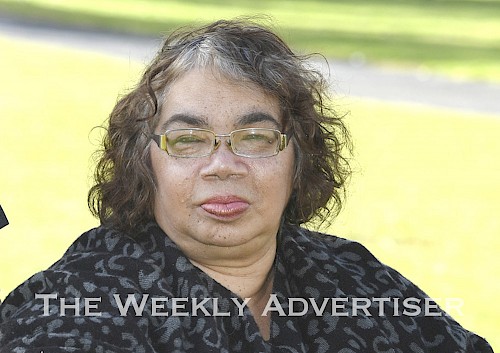
It wasn’t until she turned 18, when she left Victoria’s foster system, that she would find her family and her way ‘back to country’.
Connection
A trip to Horsham in the late 1980s changed her life forever.
“I got brought up to the Wimmera by an Aboriginal lad, a mutual friend who used to work for the health service – he told me there was people I needed to meet,” she said.
“He brought me around to my sisters’ place and said, ‘these are your people’.
“I immediately felt connected, I knew that I was home.”
After finding her ‘mob’ – the Wotjobaluk people – she later spent many years moving from place to place between Ballarat, Melbourne and central New South Wales.
But something kept drawing her back.
“I lived in Moree in New South Wales. That’s not a place to be if you are emotionally tired and homesick,” Aunty Anne said.
“I felt so disconnected, I couldn’t get settled.
“I kept having that calling to go back to Horsham – country calls you back, you know you are part of something.
“I’ve come and gone and come back again. For a long time I was searching for something to fill that void, then I realised it’s right under my nose, it’s here, it’s home – these are people who love you. You have family.”
She said it was the connection to land that was central to her feeling of belonging.
“For me, I don’t think I’d ever leave again, it’s a way of life,” she said.
“When I want to connect, I sit by the river or go to Dimboola, where our mother was born, and just sit and take in the surroundings.
“For my family, we connect by the river. It’s what makes our community strong – to have those cultural connections and those ties – that’s what makes up that wonderful tapestry that makes us who we are.
“It’s like any culture, you need those ties otherwise you can end up feeling lost.”
The entire June 3, 2020 edition of The Weekly Advertiser is available online. READ IT HERE!
